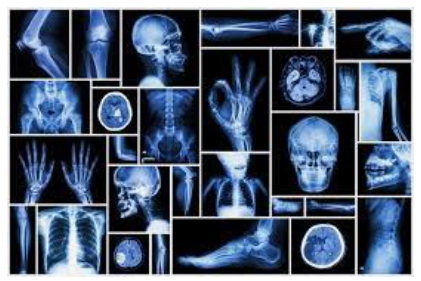The work of Marie Curie is some of the most important in terms of medical science ever discovered. The twentieth century is full of incredible achievements and discoveries that have opened up doors and lines of enquiry that scientists and academics have previously thought impossible. Curie’s work stands amongst them, as without her, we would never have had X-rays. Curie would have needed to have been able to use the services of Aport Global, a Laboratory Relocation specialist, to ensure her work could continue.

Curie worked with radium and polonium. Although this would ultimately kill her, she was able to establish the uses for such elements in photography. For the first time, human physiology could be seen and documented beneath the skin. Immediately fractures and bone breakages were visible.

This proved to be invaluable come the First World War. Dismayed by the loss of life and needless disfigurement caused by the injuries sustained on the battlefields, Curie produced mobile X-ray units that could be near the front. Amputation of limbs was a common issue, and Curie realised that if X rays could be taken, the full extent of the damage to the bones underneath could be understood. Thousands of limbs and lives were saved as the Doctors and Surgeons could assess the cases of the wounded and give them better treatments that could save their arms or legs. X rays are still very much a part of the medical care we have today.





+ There are no comments
Add yours